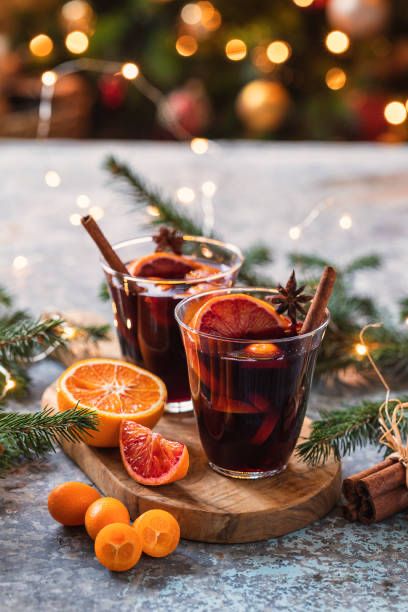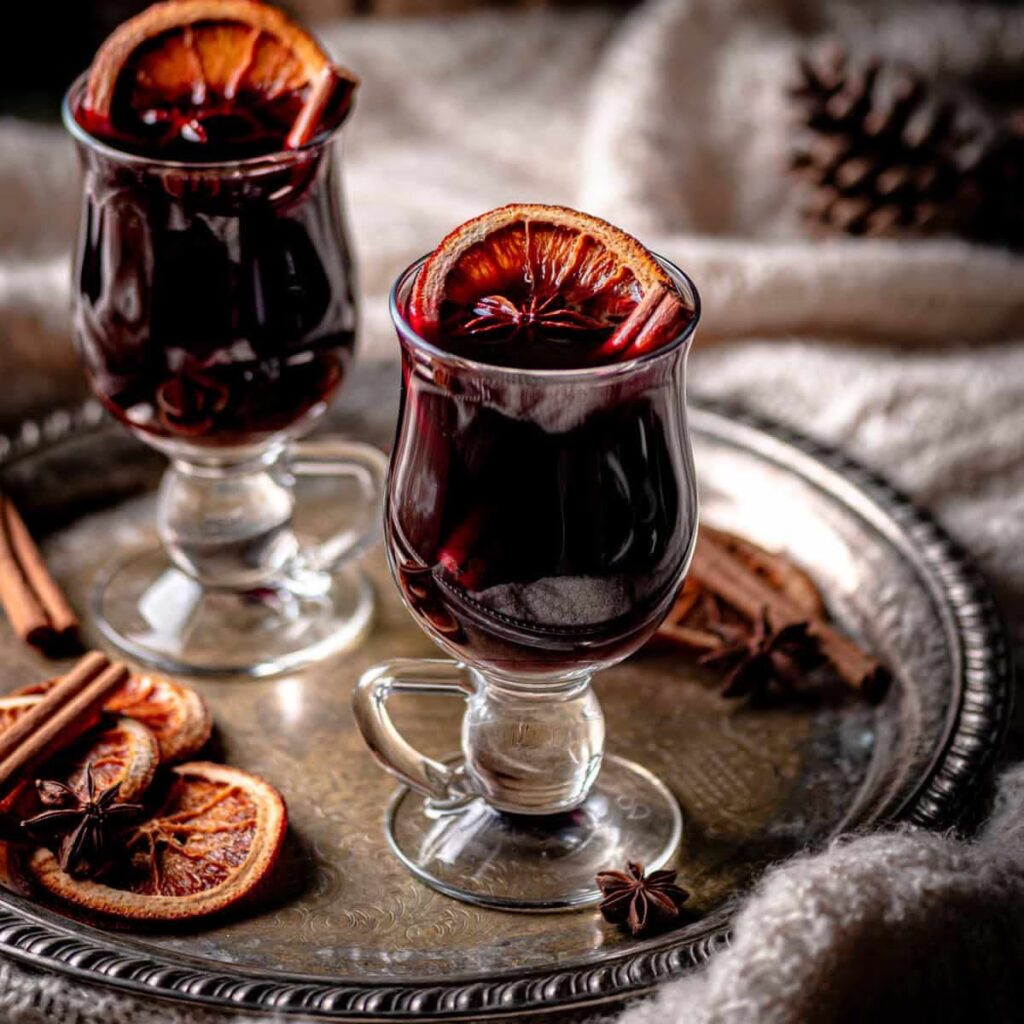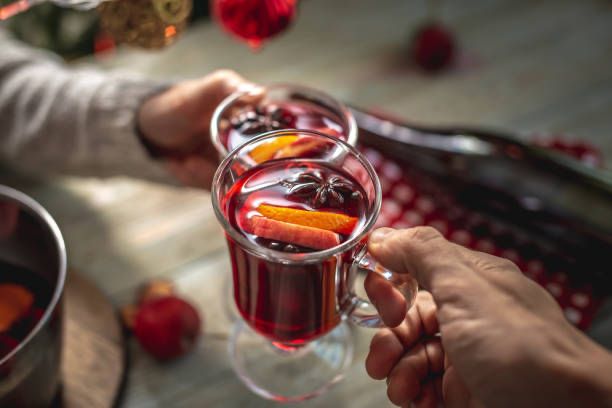
Learn how to make traditional mulled wine with this easy recipe perfect for the holiday. There’s something magical about mulled wine, isn’t there? The way its spiced aroma fills the kitchen, the warmth it brings on a chilly evening, the way it instantly makes everything feel festive. If you’ve ever sipped on a cup at a Christmas market and wondered how to recreate that same cozy magic at home, you’re in luck. Today, I’m sharing my favorite traditional mulled wine recipe simple, delicious, and perfect for holiday gatherings.
Why You’ll Love This Traditional Mulled Wine Recipe
First things first what exactly is mulled wine? Essentially, it’s red wine gently heated with a blend of spices, citrus, and a touch of sweetness. Originating in Europe, this drink has been warming people up for centuries. And the best part of it You don’t need to be a master mixologist to make it.
I remember the first time I tried making mulled wine at home. I was hosting a small holiday get-together and wanted something special to serve. I threw in whatever spices I had on hand cinnamon sticks, cloves, a splash of brandy and hoped for the best. To my surprise, it turned out amazing. Since then, I’ve tweaked the recipe here and there, but the core idea remains: keep it simple, let the flavors meld, and don’t overcomplicate it.
The Best Ingredients for Homemade Mulled Wine

Now, let’s talk ingredients. You could go all out with exotic spices, but honestly? The basics work beautifully. Here’s what you’ll need:
A decent bottle of red wine (nothing too fancy—a dry Cabernet Sauvignon or Merlot works great)
Fresh oranges (for zest and slices)
Cinnamon sticks(because what’s mulled wine without that warm, woody flavor?)
Whole cloves (just a few—they’re potent!)
A star anise or two (for that subtle licorice note)
Honey or sugar(to balance the tartness)
Optional: a splash of brandy or rum (for extra warmth)
One thing I’ve learned? Don’t skip the citrus. The orange peel adds a bright, fragrant note that cuts through the richness of the wine and spices. And if you’re feeling adventurous, a slice of lemon can add a nice tang.
Step-by-Step: How to Make Mulled Wine That Tastes Like Christmas

Making mulled wine is almost as easy as pouring a glass of wine almost. Here’s how I do it:
Simmer, don’t boil. Pour your wine into a pot and turn the heat to low. You want it warm, not scalding. Boiling it will cook off the alcohol and leave you with a bitter taste. .
Add the spices. Toss in your cinnamon sticks, cloves, star anise, and a few strips of orange zest. If you’re using honey or sugar, stir it in now.
Let it steep. This is where the magic happens. Let everything simmer gently for 15-20 minutes. The longer it sits, the deeper the flavors get.
Taste and adjust. Too sweet? Add a squeeze of orange juice. Too strong? A little more wine can mellow it out.
Serve warm. Ladle it into mugs garnish with an orange slice or cinnamon stick, and enjoy.
Mulled Wine Variations & Serving Ideas
The beauty of mulled wine? It’s endlessly customizable. Here are a few twists I’ve tried (and loved):
Apple cider mulled wine Swap half the wine for apple cider. It’s like autumn in a cup.
White mulled wineUse a dry white wine (like Pinot Grigio) and swap the orange for lemon. Lighter but just as cozy.
Slow cooker mulled wine Perfect for parties! Just dump everything in and let it simmer on low for hours.
And let’s talk pairings. Mulled wine is fantastic on its own, but it’s even better with a plate of gingerbread cookies, a cheese board, or my personal favorite a warm slice of stollen.
Final Thoughts: Why This Mulled Wine Recipe Works Every Time
At the end of the day, mulled wine is about comfort. It’s about filling your home with the scent of spices, gathering friends around, and savoring the season. And the best part? Even if you mess up (too much cinnamon? Not enough sweetness?), it’ll still taste delicious.
So go ahead grab a bottle of wine, raid your spice cabinet, and give it a try. Trust me, once you’ve made your first batch, you’ll wonder why you didn’t start sooner.
Reference
United States. (1998). U.S. Department of Agriculture, Food Safety and Inspection Service. Web Archive. Retrieved from the Library of Congress: https://www.loc.gov/item/lcwaN0031006/
Centers for Disease Control and Prevention. (n.d.). Alcohol & public health: CDC’s alcohol program. Retrieved April 2, 2025, from https://www.cdc.gov/alcohol/index.htm
European Food Safety Authority (EFSA). (2021, July 13). European Food Safety Authority. Retrieved April 2, 2025, from https://www.efsa.europa.eu/en
